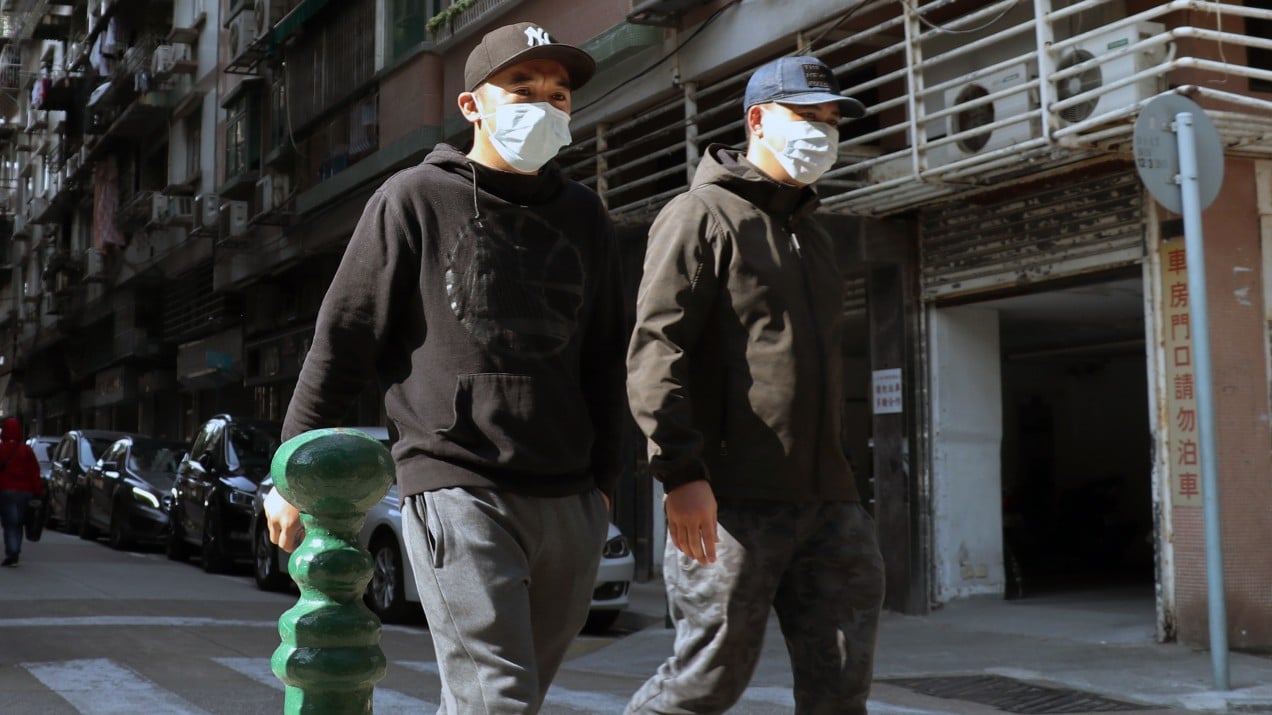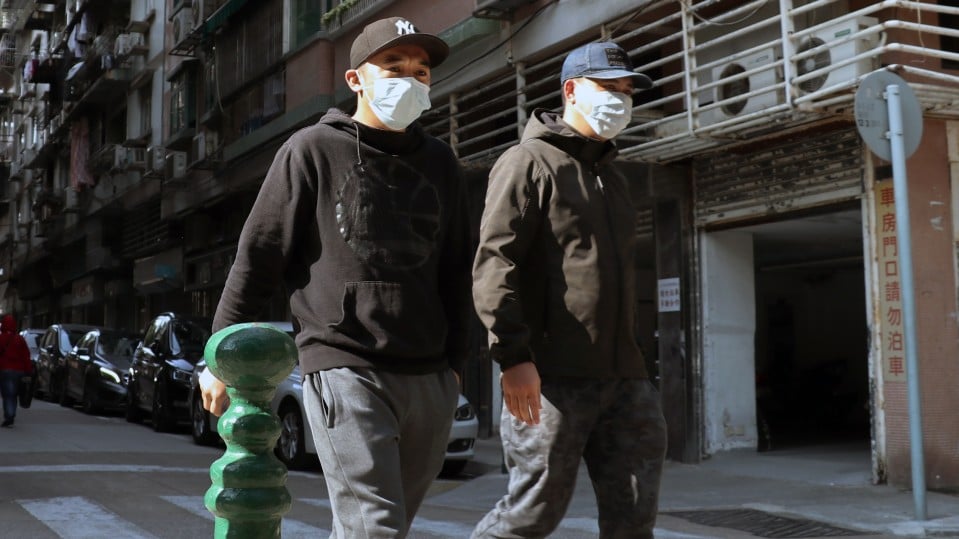

Biotechnology
Warmer weather could slow the spread of coronavirus—but not by much
Several initial analyses of transmission data suggest the pandemic could ease up in summer. But that doesn’t reduce the need for measures like social distancing.

The news: Higher temperatures and humidity are correlated with a lower rate of the novel coronavirus’s spread, according to early research that has yet to be peer reviewed. The hypothesis is plausible: the climate’s impact on the influenza virus is well established, for example, and a similar phenomenon has been suspected for the SARS coronavirus as well.
You can read all our coverage of the coronavirus/Covid-19 outbreak for free, and also sign up for our coronavirus newsletter. But please consider subscribing to support our nonprofit journalism.
The results: In the most recent analysis, which used data compiled by Johns Hopkins University, two MIT post-docs in the civil engineering and cognitive science departments found that the maximum number of coronavirus transmissions has occurred in regions that had temperatures between 3 and 13 °C during the outbreak. In contrast, countries with mean temperatures above 18 °C have seen fewer than 5% of total cases. This pattern also shows up within the US, where southern states like Texas, Florida, and Arizona have seen a slower growth rate than northern states like Washington, New York, and Colorado. California, which spans north and south, has a growth rate that falls in between.
Other evidence: Two other preprint papers have drawn similar conclusions. The first, posted on Monday by two researchers from Spain and Finland, found that 95% of positive cases globally have thus far occurred at temperatures between -2 and 10 °C, which closely tracks with the MIT results, and in dry conditions. The second, posted earlier this month by a team led by researchers from Beihang University in China, also looked specifically at transmission rates across Chinese cities. It found that in the early days of the outbreak, before any government interventions, hot and humid cities saw a slower rate of spread than cold and dry ones.
Correlation, not causation: None of these papers have been peer-reviewed, and the correlations could be due to confounding variables. Every country has responded to the pandemic with different measures, for example, which could also affect differences in transmission rates. While the Chinese researchers tried to control for this by looking at data from the early days of the outbreak, the other papers did not.
Does this change anything? Other factors like population density, quality of medical care, and government responses also affect transmission—perhaps more than weather does. In a recent post, Marc Lipsitch, the director of the Center for Communicable Disease Dynamics at the Harvard School of Public Health, echoed this analysis. “While we may expect modest declines in the contagiousness of SARS-CoV-2 in warmer, wetter weather,” he wrote, “it is not reasonable to expect these declines alone to slow transmission enough to make a big dent.”
This means that for the Northern Hemisphere, the path forward shouldn’t really change: governments should continue to do what they can to reduce circulation of people, and individuals should continue to practice social distancing to flatten the outbreak curve. The good news is that if climate constraints do kick in, nature will also be in our favor.
Update: The story was updated to clarify the fact that the MIT researchers are not epidemiologists. The headline has also been changed to more accurately reflect the conclusion of the story.